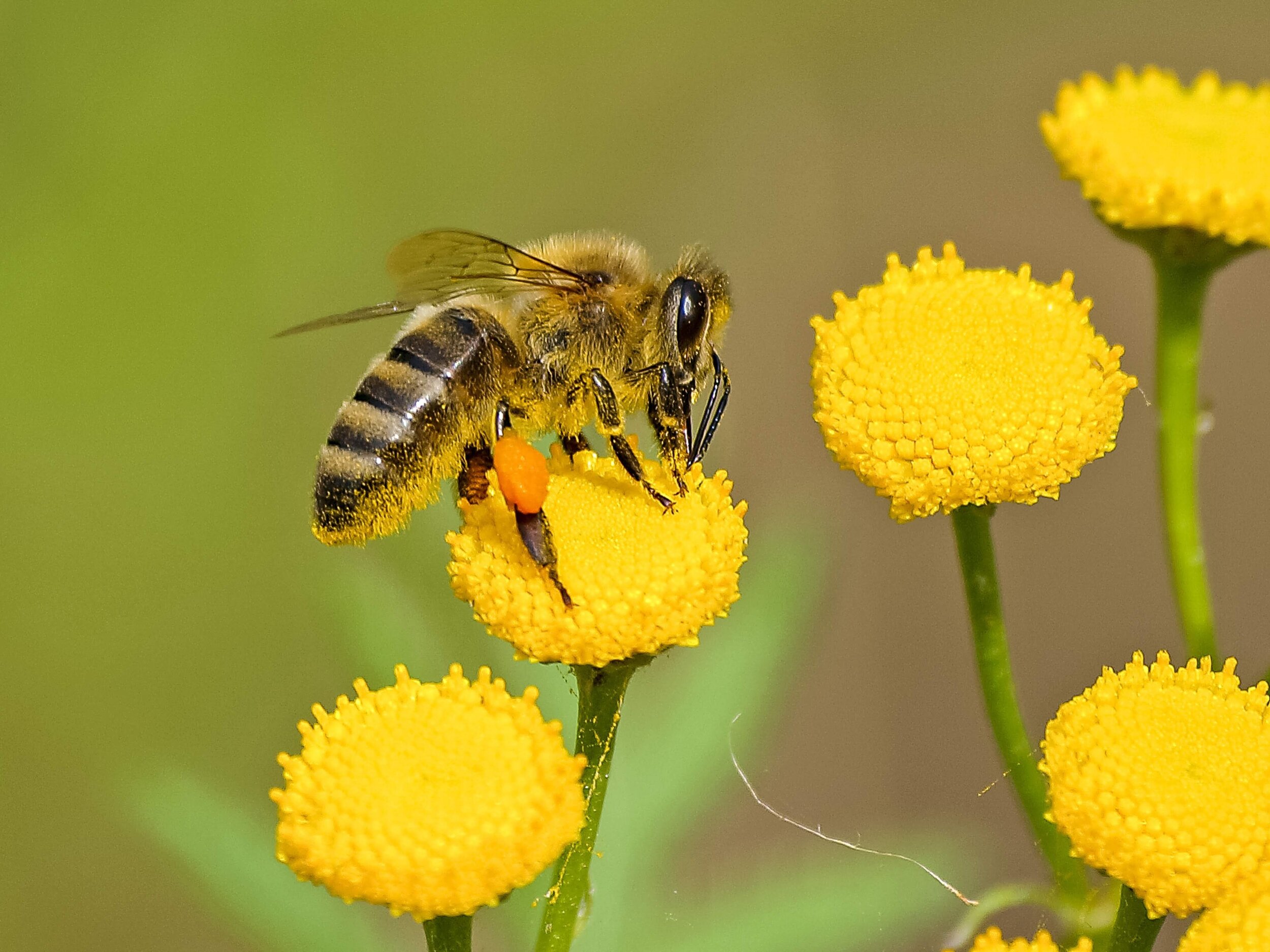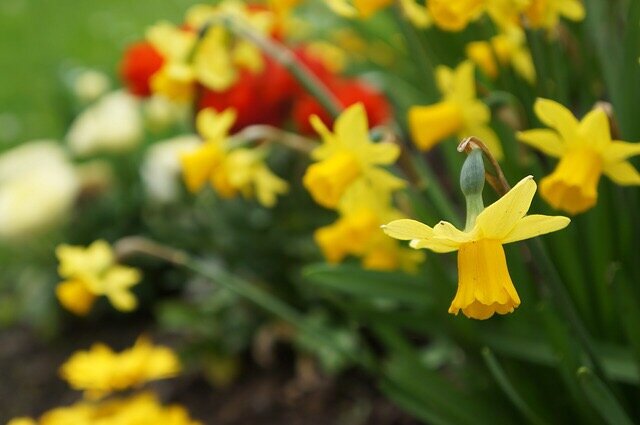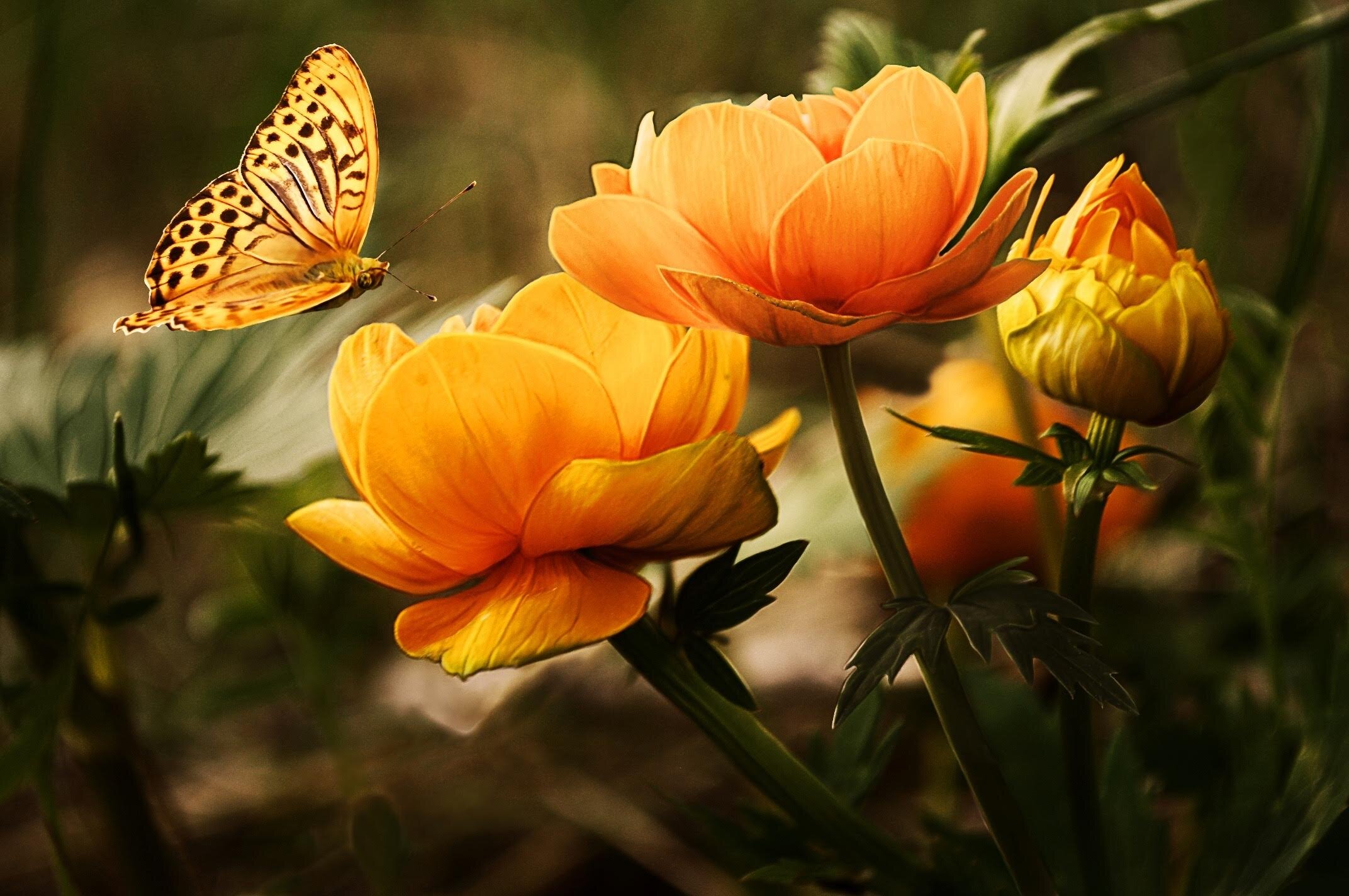March is Women’s History Month and we’ll be taking a look at some of the obstacles women have faced in their quest for equality and fairness. We’ll also be celebrating St. Patrick’s Day and International Earth Day. In addition to helping you find ways to reduce, reuse and recycle, we’ll show you how to replace single use plastics with reusable/recyclable materials.
It’s time to start thinking of spring and I’ll incorporate my love of flowers with some easy ways to help the environment by planting bee and butterfly friendly plants and keep your pets safe with pet friendly plants.
Orlando Bartro will be back with another interesting article and Linda Cahill will have more recipes to share from Pampered Chef. For March in The Twelve Months of Pie we are celebrating Lemon Meringue Pie and I will be sharing pictures of my cherry pie.
We’ll be reviewing books by some exciting authors and I’ll have reading recommendations for adults and young readers. There will be a quiz to keep those neurons firing in your brain, March in Pictures and a few surprises.
Enjoy this issue and we’ll see you next month.
Happy Reading,
Fran
Answers to the February 2020 Quiz: The Language of Love
Countries:
Brazil Mexico
Philippines Italy
South Africa France
South Korea Denmark
Spain China
In Denmark, friends and sweethearts exchange pressed white flowers called snowdrops instead of roses. They exchange cards known as "lover's cards" instead of Valentines and men give women gaekkebrev, a "joking letter" - a funny poem or rhyme written on fancy cut paper and signed only with anonymous dots. If a woman guesses the sender of the gaekkebrev, she is rewarded with an Easter egg at Easter time.
In Spain, Valentine’s Day is celebrated with heart-shaped gifts, flowers, cards, and romantic dinners. Various regions in this country also celebrate their own variations on Valentine’s Day throughout the year. Some celebrate with gifts of books and flowers, marzipan, fireworks or festivals with bright costumes.
In France, Valentine’s Day is celebrated by couples with chocolates, small gifts and romantic dinners. Valentines cards are sent to lovers. Children do not exchange valentines in school or with their parents.
In South Africa, traditional Valentine’s celebrations are observed and women follow the old Roman custom of Lupercalia, which is pinning the name of the man they are interested in on their sleeve.
In Mexico, Valentine’s Day is called Día del amor y la amistad, which means the day of love and friendship. It is celebrated on February 14 with candy, flowers, balloons, small gifts and romantic dinners.
In China, Qixi, the Seventh Night Festival, is celebrated instead of Valentine’s Day. During this time, women make offerings of melon and other fruits to a princess from ancient folklore in hopes of finding a good husband. Couples pray for happiness and prosperity and at night they watch the orbits of stars Vega and Altair (which according to legend represent two star crossed lovers) as they come close together.
In Italy, lovers exchange gifts and celebrate Valentine's Day with romantic dinners. Baci Perugina, small, chocolate-covered hazelnuts wrapped with a romantic quote printed in four languages, are popular gifts for this day.
In South Korea, Valentine’s Day is celebrated from February through April. On February 14, women send cards, candy and flowers to men. Then, on March 14, the men must send cards, candy, flowers and gifts to women. On April 14, singles who received no gifts in February or March lament being alone by eating a dish of black bean paste noodles called jajangmyeon in dark bowls.
In Brazil, Valentine’s Day is not celebrated on February 14. Instead Lover’s Day (Dia dos Namorados) is celebrated on June 12 with gifts and romantic dinners and they often share their celebration with friends and family.
In the Philippines, traditional Valentine’s celebrations are observed and mass weddings and renewals of vows take place all over the country on February 14 every year.
I Love You translated into one of the main languages of what country?
je t'aime - France
Mahal kita – Philippines
te quiero - Spain
te quiero - Mexico
我爱你(Wǒ ài nǐ) - China
Ek is lief vir jou (Afrikaans)/I Love You (English) – South Africa
ti amo - Italy
사랑해 (salanghae) – South Korea
Jeg elsker dig - Denmark
eu te amo - Brazil
“Be My Valentine/Happy Valentine’s Day” translated into one of the main languages of what country?
sii il mio san valentino - Italy
se mi san valentin - Spain
se mi san valentin - Mexico
maging valentine ako – Philippines
Not typically said in this country – South Korea
Not typically said I this country - Brazil
Glædelig Valentinsdag (Happy Valentine’s Day) - Denmark
sois ma Valentine - France
做我的情人 (Zuò wǒ de qíngrén) - China
wees my Valentyn (Afrikaans)/Be My Valentine (English) – South Africa



















